The Ultimate Calculus Course

- Differential Calculus: This area deals with the concept of the derivative, which allows us to understand rates of change. For instance, if you’re looking at how a car accelerates, differential calculus helps you determine the car’s speed at any given moment. It involves understanding slopes of curves and how these slopes change.
- Integral Calculus: This area focuses on the concept of the integral, which is essentially about accumulation. For example, if you know the rate at which a tank is being filled with water, integral calculus lets you figure out how much water is in the tank over time. It involves adding up infinitely many tiny quantities to find the whole.
Both of these concepts rely on the fundamental notion of limits, which is the idea of approaching a value (but not necessarily reaching it). Calculus has vast applications in science, engineering, economics, statistics, and many other fields. It provides a framework for modeling systems in which there is change, and a way to predict and understand the behavior of those systems. For additional educational resources,.
The Absolute Best Book to Ace Calculus
Calculus Complete Course
Functions
- Function Notation
- Adding and Subtracting Functions
- Multiplying and Dividing Functions
- Composition of Functions
- Writing Functions
- Graphing Functions
- Parent Functions
- Function Inverses
- Inverse Variation
- Domain and Range of function
- Piecewise Function
- Positive, Negative, Increasing and Decreasing Functions on Intervals
Advanced Functions
- Exponential Function
- Linear, Quadratic and Exponential Models
- Linear vs Exponential Growth
- Logarithms
- Properties of logarithms
- Natural Logarithms
- Sine, Cosine, and Tangent
- Reciprocal Functions: Cosecant, Secant, and Cotangent
- Domain and Range of Trigonometric Functions
- Trigonometric Function Values for Key Angles
- The Unit Circle
- Additional trigonometric reminders
- Periodic properties of trigonometric functions
- Floor and Ceiling Functions
Sequences and Series
- Arithmetic Sequences
- Geometric Sequences
- Sigma Notation (Summation Notation)
- Arithmetic Series
- Geometric Series
- Binomial Theorem
- Pascal’s Triangle
- Alternate Series
Limit and Continuity
- Limit Introduction
- Neighborhood
- Estimating Limits from Tables
- Functions with Undefined Limits (from table)
- Functions with Undefined Limits (from graphs)
- One Sided Limits
- Limit at Infinity
- Continuity at a Point
- Continuity over an Interval
- Removing Discontinuity
- Direct Substitution
- Limit Laws
- Limit Laws Combinations
- The Squeeze Theorem
- Indeterminate and Undefined
- Infinity cases
- Trigonometric Limits
- Rationalizing Trigonometric Functions
- Algebraic Manipulation
- Redefining function’s value
- Rationalizing Infinite Limits
Derivative
- Derivative introduction
- Average and instantaneous rates of change
- The derivative of a function
- Rules of differentiation
- Derivative of trigonometric functions
- Power rule
- Product rule
- Quotient rule
- Chain rule
- Power rule combined with other derivative rules
- Derivative of radicals
- Derivative of logarithms and exponential functions
- L’Hôpital
- Differentiability
- Second derivatives: Minimum vs. Maximum
- Curve sketching using derivatives
- Differentiating Inverse Functions
- Optimization problems
- Implicit differentiation
- Related rates
Integrals
- What is Integral?
- Applications of Integrals
- Exponential Growth and Decay
- The Anti-Derivative
- Riemann Sums
- Rules of Integration
- Power Rule (of Integration)
- Fundamental Theorem of Calculus
- Trigonometric Integrals
- Substitution Rule
- Integration by Parts
- Integral of Radicals
- Exponential and Logarithmic Integrals
- Improper Integrals
Differential Equations
- Introduction and applications
- Classification of Differential Equations
- First-Order Ordinary Differential Equations
- Linear Differential Equations
- Separable Differential Equations
- Slope Fields
- Euler’s Method for Numerical Solutions
- Simple Growth and Decay
- Population Models
Analytic Geometry
- Ellipses, parabolas, and hyperbolas
- Polar Coordinates
- Converting Between Polar and Rectangular Coordinates
- Graphing Polar Equations
- Applications of Polar Coordinates
Complex Numbers
- Complex Numbers addition and subtraction
- Multiplying and Dividing Complex Numbers
- Rationalizing Imaginary Denominators
The Best Books for High School Students
Related to This Article
More math articles
- How many questions are on the SAT Test?
- Riemann Sums Made Easy: Step-by-Step Tutorial
- Peaks and Valleys: A Journey Through the Extreme Value Theorem
- Decimals Demystified: From Standard Form to Expanded Form with Fractions
- Top 10 TSI Math Practice Questions
- 10 Most Common 6th Grade FSA Math Questions
- Growing Patterns
- FREE 3rd Grade MEAP Math Practice Test
- Which Test Is Better for You; GED, TASC, or HiSET? Find Out Now
- 10 Most Common 5th Grade OST Math Questions
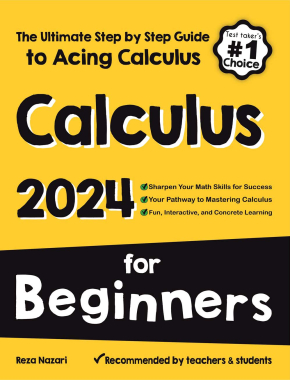

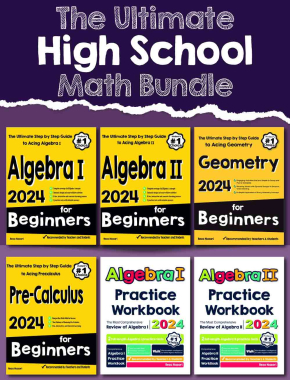

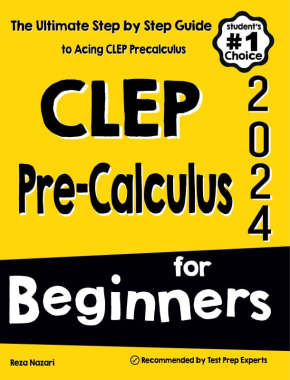


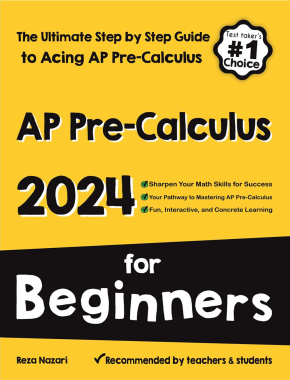
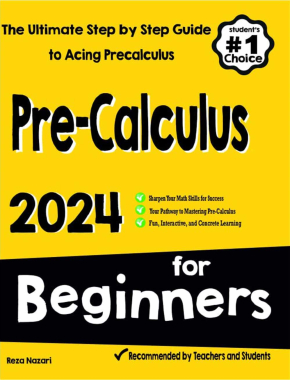
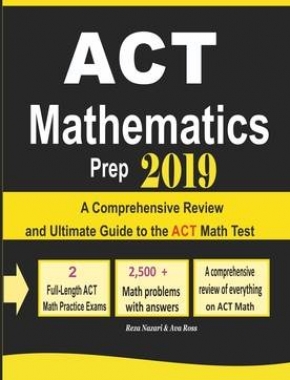
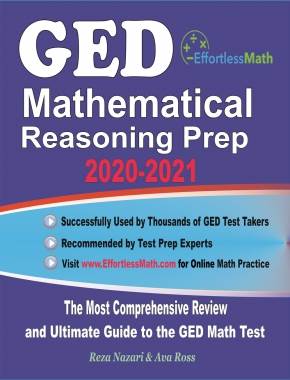
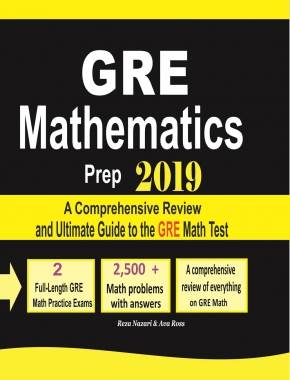
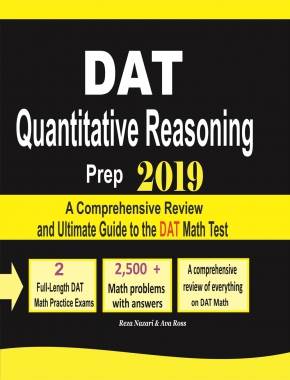
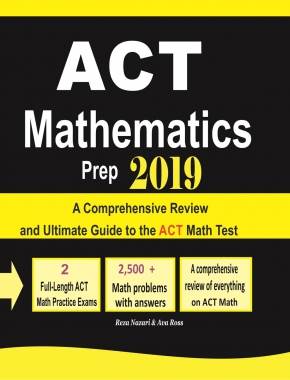
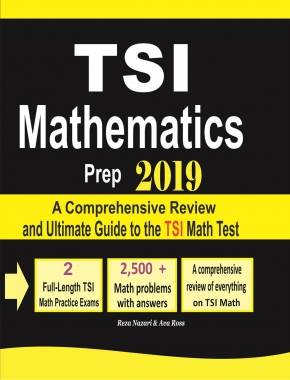
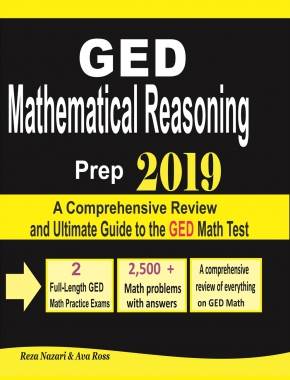





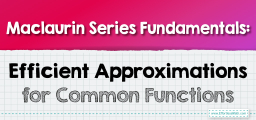





What people say about "The Ultimate Calculus Course - Effortless Math: We Help Students Learn to LOVE Mathematics"?
No one replied yet.